|
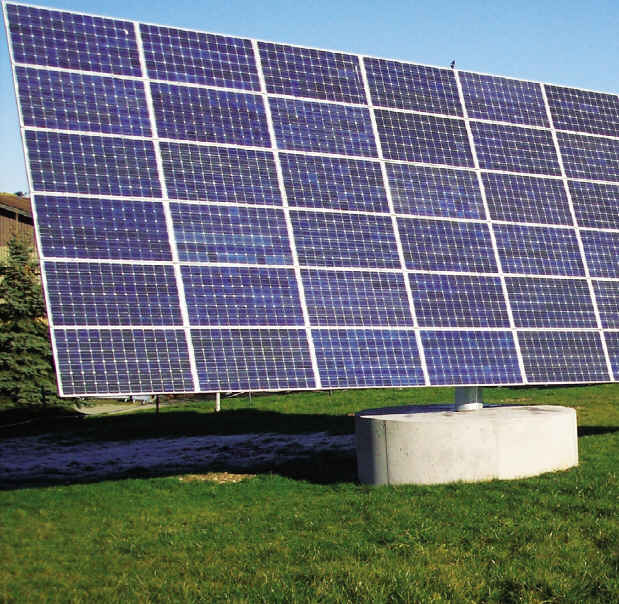
Photo by DEGERenergie
By Herbert Grab
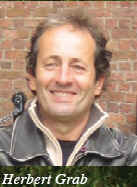
The magic word is microFIT and it is part of the new feed-in tariff structure. Solar energy producers operating a photovoltaic installation with a maximum capacity of 10 kW AC receive 80.2 Canadian cents per kilowatt hour (kWh) produced. ¡°This amount is by far not only the highest current tariff arrangement in Ontario,¡± explains Arthur Deger, CEO of DEGERenergie. ¡°It is all the more remarkable that the government guarantees this price for the next 20 years. Investors are absolutely certain that their projects can not only withstand all costs but can also run profitably for the long term.¡± The microFIT becomes even more interesting because it applies not only to systems located in outdoor premises, but also to those installed on the roof of, say, a farmhouse or an industrial building.
However, the manifest goal of the government of Ontario is to not only jump start green energy with its initiative and provide investors security, but also to change the power supply mix of the country permanently and make it ¡®one of the cleanest in North America¡® as it is stated in the feed-in tariff program.
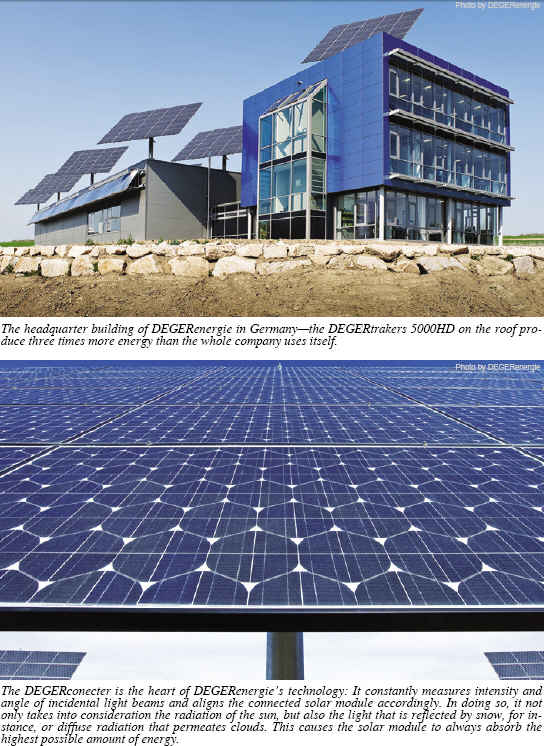
Stimulus for the Local Economy
In addition, the provincial government has a second goal in mind with the initiative: in order for the stimulus that the new tariff structure has released to also benefit the local economy, permits and feed-in tariffs are linked to clear conditions--a significant part of the technology used and of the added value connected to the projects must be produced or generated in the country. The Domestic Content Compliance of the Ontario Power Authority (OPA), for example, requires that at least 40% of project costs of microFIT projects that operate to the end of 2010 be generated in the form of products and services in the country. Starting January 1, 2011 the Domestic Content (DC) or local content rate must be at least 60%. For larger PV projects the current limit is already now at 50%, from 2011 it will also be 60%.
¡°For foreign manufacturers, this means that they can only operate in this market and take part in the nascent boom if they shift a significant part of their added value there,¡° explains Artur Deger. DEGERenergie has already met the prerequisites for this: the company is working together with Canadian distribution partners and is completing the entire substructure of its systems in Ontario.
¡°With this, we will have fully met the government¡¯s conditions required as of 2011 in terms of local content.¡° The corresponding Declaration of Conformity that confirms this has been submitted. ¡°Investors and operators operating with our systems are, therefore, certain that they will receive the high feed-in tariffs linked to this. Assuming, of course, that the manufacturers of solar modules and other equipment likewise meet the government¡®s required domestic content quota.¡°
Operating in the Canadian Market for Two Years
The German manufacturer has been operating in the Canadian market for two years now. Together with the operator Arntjen Solar, the company, among other things, has equipped the SunSaver 1 Farm pilot project in Innerkip (Ontario) with its tracking systems. SunSaver1 has been operating for more than a year without a glitch and delivering high revenues. Last year, DEGERtraker 7000NT systems alone produced between 1,800 and 1,900 kWh/kWp in Innerkip.
The trendsetting project is causing quite a stir all over the country. SunSaver1 was one of the finalists for the coveted Canadian ¡°agricultural Award of Excellence¡® under the Innovation category. In addition, the solar farm was honored as the ¡®producer of the Year¡¯ at the 2010 Canadian International Farm Equipment Show in Toronto.
Rolf Maurer, Vice President North America in Arntjen solar, says, ¡°What legislators want especially are manageable projects that can also be financed and operated by smaller municipalities, agricultural outfits and cooperative societies. We have planned our SunSaver 1 pilot study accordingly even before the microFIT program was established.¡°
The government is now trying to reach with its microFIT program precisely those target groups approached by Rolf Maurer. Farmers make up the lion¡®s share. The new tariff structure offers them the best conditions to operate smaller solar installations on their land.
Arntjen Solar has lately been offering turnkey systems in Ontario based on the experiences and calculations that the company has gathered in Ontario as well as in the northern Canadian provinces and in other countries. These systems meet the domestic content requirement as well as the conditions of the microFIT program. ¡°A typical configuration is either two 5000HD DEGERtrakers or one 7000NT DEGERtraker depending on the wind-load or snow-load region,¡° says Artur Deger. The facility operator reaches maximum performance with this constellation.
Rolf Maurer says, ¡°We have delivered well over 100 DEGERenergie systems in the last three weeks and we expect to hit four-digit figures by the end of the year in Ontario.¡° The agrarian cooperative AGRISSolar CoOp alone plans the construction of more than 1,000 systems for its members in the coming two years.
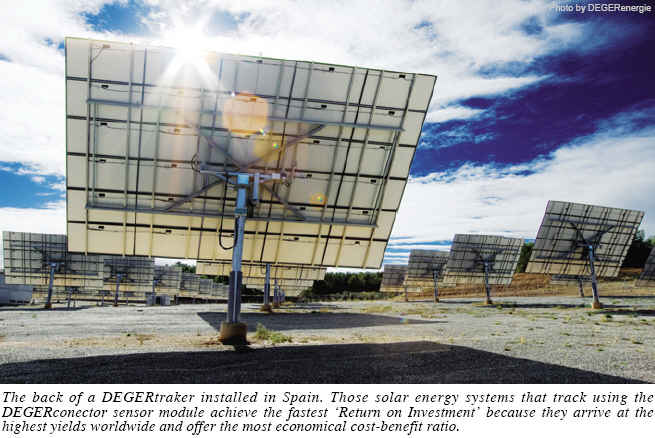
Optimal Return on Investment
¡°Tracking plays a significant role in cost efficiency and return on investment,¡° says Artur Deger. Since sensor-controlled systems have been demonstrated to bring up to 46% more profit compared to tracking systems with control based on astronomical data.
In addition, tracked systems offer significantly longer profit peaks during the course of the day than rigid systems that deliver peak profits only for about two hours around noon. Therefore, to approach the limit of 10 kW on a sustained basis, rigid systems must be designed for 12 to 14 kW of output. This means investors working with sensor-controlled tracking can reach their desired profit with clearly fewer hardware than if they were using rigid systems.
In concrete terms: with the feed-in tariffs guaranteed by the government the return on investment is reached in less than ten years, with rigid systems it would be reached only two to four years later.
More than 30,000 Systems Installed in 38 Countries
¡°Over fifteen years of experience with more than 30,000 installed systems in 38 countries around the globe have only been to our benefit here,¡° explains the head of DEGERenergie. The company has optimized systems, movable parts and motors for tracking so that they work fault-free under the harshest weather conditions. Moreover, the manufacturer thoroughly calculates the wind loads for the respective region--there is a special user-friendly software tool for this purpose--and configures its systems precisely for these conditions.
The HD systems of DEGERenergie are optimally suited for areas with especially strong wind loads. HD stands for heavy duty. The new design tool developed by DEGERenergie specifically for this purpose sees to it that solar systems equipped with it withstand extreme wind loads. The basic configuration, for example, bears up against wind speeds of up to 170 km/h without difficulty?a generously designed safety reserve protects installations against stronger peak gusts. A custom design can increase the maximum wind speed value to 300 km/h--and this excludes the additional safety reserve. This allows systems to be operated without problem even at very exposed locations.
The 5000HD DEGERtraker model which DEGERenergie recommends, among others, for installations in the microFIT program yields up to 6,400 Wp power at a maximum 40 square meters of module area. Mast versions between 3.3 and 5.5 meters long are available for free space installation or for assembly on buildings.
Technology from Horb, Germany, is optimally equipped even for wintry conditions. DEGERenergie has just started offering a smart snow sensor. This device sees to it that tracking systems relieve solar modules automatically from snow loads--they simply and automatically go vertical until the snow is discarded. Afterwards, the DEGERconecter control sensor realigns the modules immediately according to the brightest position in the sky and the generation of solar power begins anew.
¡°In many snowy regions on Earth, and Canada is undoubtedly one of them, there are many sunny winter days with a radiation intensity such as that encountered in Spain,¡° explains the CEO of DEGERenergie. ¡°We naturally want to harness this energy as well if, for example, it has snowed heavily overnight.¡°
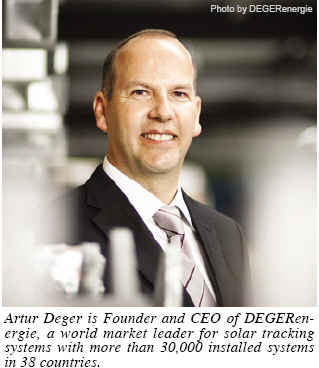
High Market Potential
Against the backdrop of the new feed-in tariffs, and especially of the microFIT program, DEGERenergie estimates the market potential in Ontario to be particularly high. ¡°We have now installed several dozen of our systems in Ontario and they are feeding their power into the Ontario network based on the microFIT program. More than 5,000 systems have already been requested, some of these for several major Megawatt projects that do not fall under the MicroFIT program.¡° It is no wonder that investors in Canada who produce their solar power using sensor-controlled tracking can count on returns in the two-digit percentage range. ¡°These are dream values for every investor, especially since they are guaranteed by the new feed-in tariffs.¡°
Herbert Grab is a communications professional with DEGERenergie¡®s press office digit media (http://www.degerenergie.com/). He is based in Pliezhausen, Germany.
For more information, please send your e-mails to pved@infothe.com.
¨Ï2010 www.interpv.net All rights reserved.
|



